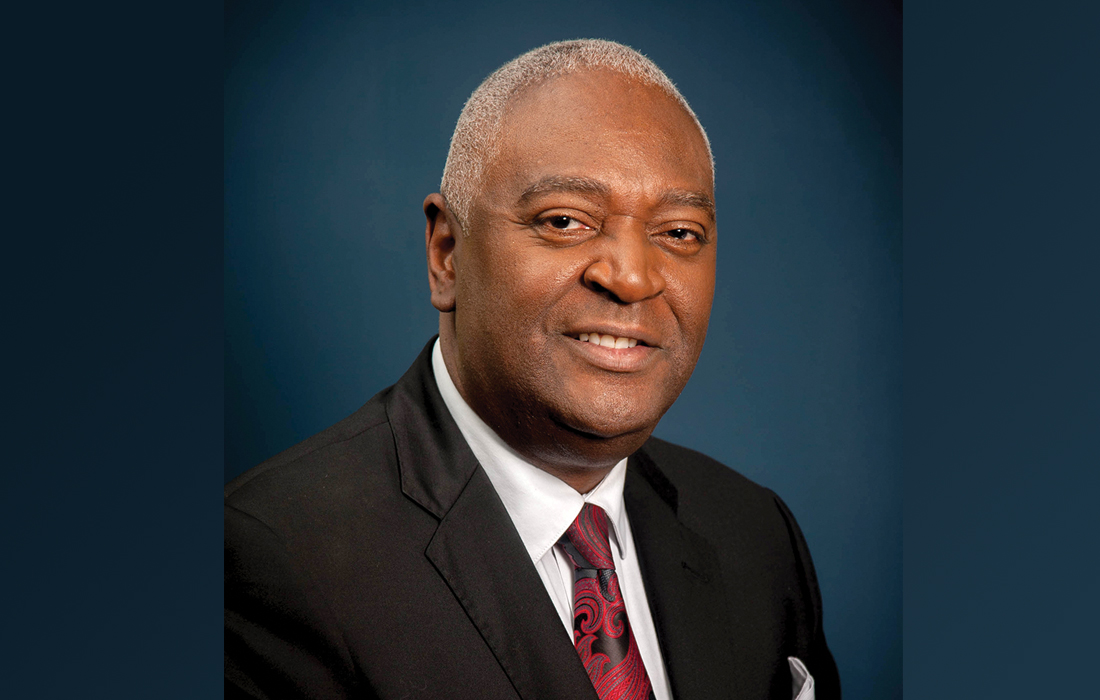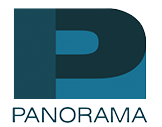
24 Feb Interview with Kieran Thompson, Managing Director, Biomedical Enterprises of Trinidad and Tobago
Can you provide an overview of Biomedical Enterprises of Trinidad and Tobago’s (BMETT) business model, services, main clientele and operations
Biomedical Enterprises was registered in 2017 and started operations in January 2018. It is one of the leading biomedical solutions providers in the Caribbean, specializing in medical imaging, oncology, laboratory and general medical equipment, including reagents, consumables and accessories. Key partnerships with Siemens Healthineers and Varian Medical Systems enhance our commitment to healthcare innovation and service excellence across both public and private sectors in over 15 countries.
How is business in Trinidad compared to other islands? Do you have a presence there or is it a distribution network?
We recently expanded into Guyana, opening an office in Georgetown. Our presence there began prior to COVID-19, but since 2022, we have accelerated operations, establishing an office with corporate apartments to support our team. This move aligns with Guyana’s healthcare expansion, where new hospital developments present opportunities to contribute meaningfully to the country’s growth. We are excited to be part of this progress, benefiting both our company’s goals and the evolving healthcare landscape in Guyana. The country is bringing in many Cuban workers, though most lack the specific skills needed. Those with the right expertise who have been abroad are often reluctant to return and locals can be resistant to guidance, especially from Trinidadians.
Despite these challenges, we have managed to establish a solid team in Guyana, hiring skilled staff and bringing in engineers due to the shortage of local expertise in medical equipment servicing and repairs. As Guyana builds new hospitals and installs advanced medical equipment, I’m engaging with officials to support workforce training, especially in medical imaging. So far, we have recruited an electrical engineering student from a local university as a full-time intern. He joins us on projects and gains hands-on experience while continuing his studies, helping build local capacity in medical equipment management.
Overall, our presence is in Trinidad and Tobago, Guyana and the Eastern Caribbean, including Anguilla, Aruba, Antigua & Barbuda, Barbados, Bonaire, British Virgin Islands, Curacao, the Cayman Islands, Dominica, Grenada, Jamaica, St-Lucia, St.Kitts & Nevis, Suriname and St. Maarten)
We don’t have offices in other islands, but we do business there and manage it with regular travel. Given the small market size, it’s more practical to fly in staff as needed rather than establish permanent offices. I frequently travel to handle operations directly, sometimes with back-to-back trips.
Who are your typical clients in Trinidad?
About 80 percent of our clients are government hospitals, including major institutions like Port of Spain and San Fernando, as well as regional health authorities and smaller community health centers. The remaining 20 percent are private clients, such as St. Clair, West Shore and Surgi-Med being one of our largest.
We have a number of major projects in each region across T&T as we continue to upgrade and expand the services provided by each regional health authority (RHA). In addition to the public sector, we have seen a rise in the number of private consortiums among doctors to provide medical care in various communities across T&T. This has provided continued opportunities to expand our network within the private sector.
How has the healthcare sector evolved and where do you see it heading, particularly in terms of machine learning, AI and preventive health? Is the equipment that you’re acquiring becoming more sophisticated and data-driven?
Medical equipment typically lasts 10-15 years, but technology is constantly advancing as companies strive to stay ahead. We see significant developments with our manufacturing partners, particularly Siemens. Equipment can receive minor upgrades, but new technology often leads to entirely updated models. Like cars that evolve each year, medical equipment is continuously enhanced for efficiency and effectiveness. Our researchers and scientists work to ensure we stay at the forefront of healthcare innovation. It all depends on the client’s needs. Sometimes, it’s not about hardware; a software application alone can meet their requirements from start to finish.
Do RHAs and private companies approach you for specific equipment or services and how is that determined?
Equipment can be acquired in several ways. Sometimes, a sole supplier is chosen if only their equipment meets specific requirements, but usually, it’s done through a tender process. Major players like us, GE and Philips submit bids and the contract goes to the one that best meets all criteria. After the award, there’s a 10-day hold under the office of procurement regulation procedures for any potential objections. One challenge is securing U.S. dollars for deposits since government payments are often in TT dollars, requiring us to source U.S. currency independently, which can be time-consuming.
When we receive a request for proposal or tender, we coordinate with Siemens to meet the government’s requirements, build a proposal and submit a quote. If we win, we place the order with Siemens, which bills us in U.S. dollars, while we are paid in TT dollars making currency conversion a challenge, especially with fluctuations. Pricing involves negotiating with Siemens, who may offer discounts or additional features to secure the deal. Logistics also impact costs, as disruptions like delays at the Panama Canal or issues in the U.S. can drive up prices.
How do you collaborate with the government on safety regulations, legislation and additional checks beyond what manufacturers require?
Manufacturers have their own checks and balances, ensuring quality control before products leave their factories, whether they are from China, Germany or the U.S. Upon arrival, we conduct our own follow-up checks during installation, adhering to the guidelines of our partnered manufacturers. BMETT operates under international standards and complies with laws implemented by the government of Trinidad and Tobago. We maintain a full HSE committee that meets bi-weekly to address safety concerns both on-site and off-site, collaborating with Oshes Limited for certifications. Our staff undergo National Examination Board in Occupational Safety and Health training and we conduct annual facility reviews and gap analyses for the HSE committee.
Partnering with brands across Europe, North America, South America and Asia, we uphold high international standards for quality assurance and best practices. We are particularly focused on the imaging section, especially in oncology, as precise calibration is vital for patient safety. One of the lines we manage is Siemens laboratory equipment.
What do you see as the next major breakthrough in healthcare, globally or in Trinidad?
Robotics, AI and drug customization are global developments that will soon reach the Caribbean, including Trinidad. While there is a small local manufacturer focused on generic drugs, customized drug production will need to come from outside sources rather than develop organically here.
We are always seeking partners who align with our mission and market needs. Currently, we are in discussions with a U.S. company about robotic medical equipment that sanitizes surgical rooms. This robot measures the room dimensions and calculates the necessary time for disinfection before moving on to the next room.
We are open for business and ready to partner with anyone looking to expand into Trinidad and Tobago and the Caribbean. As long as our business philosophies align, we are eager to collaborate and develop healthcare solutions globally.


Sorry, the comment form is closed at this time.